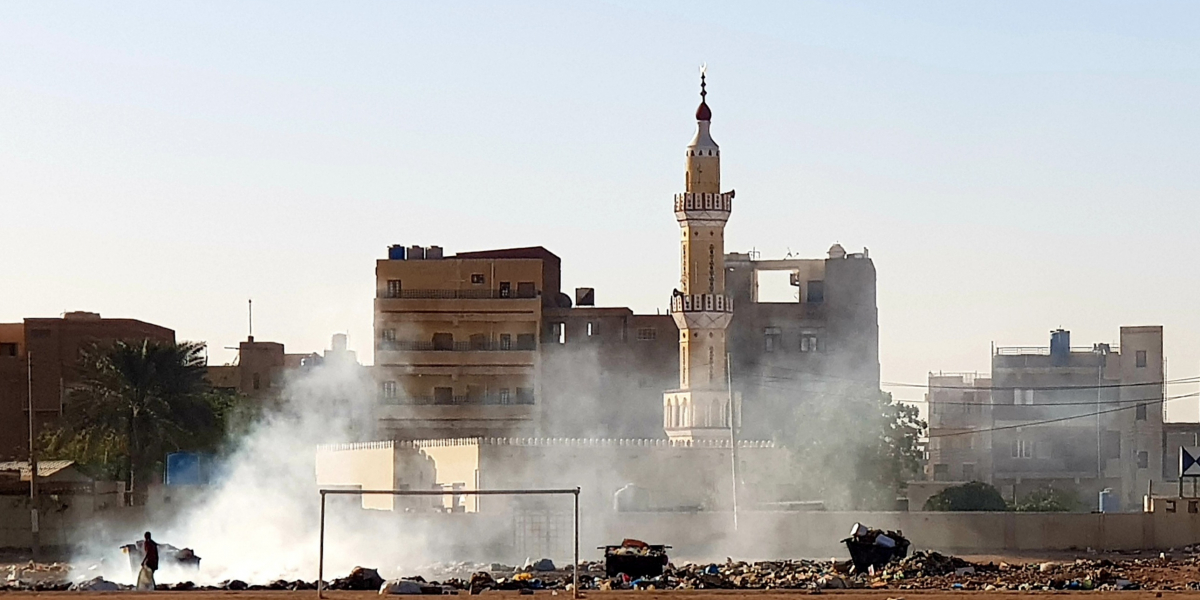Socio-economic inequality and environmental factors, such as climate change and pollution, are crucial components shaping our societies. Environmental parameters such as pollution crucially impact well-being and are estimated to result in millions of deaths annually.
A higher household income or greater national economic development generally lead to less exposure and vulnerability of populations to environmental pollution. However, research within developing countries is often challenging due to the limited availability of consistent and reliable data, especially if spatial identifiers in the data are needed. In the context of air pollution, the lack of air quality measurement stations across developing countries further prohibits any analysis (e.g. there exists one air pollution measurement station in the DRC, none in Angola, but more than 13 in Paris alone).
New data and methodological approaches are urgently needed for better understanding of these dynamics for more targeted pollution and poverty reduction policies.
We propose an innovative approach merging traditional survey data with satellite derived atmospheric data. We rely on both econometrics for causal identification and computational methods for out-of-sample prediction in order to shed light on the environmental burden on the world's poorest people.
Given that children are particularly vulnerable, we focus on the effects of airborne pollution on children's mortality in different socio-economic status households. We generate a sample of various household, economic development and environmental parameters connecting traditional social science survey data with new atmospheric pollution and other raster data to shed light on the interrelationship of poverty and environmental inequality across Sub-Saharan Africa. We investigate these two parameters by highlighting the effect of each separately but also simulate how policies addressing reductions in poverty and decreases of pollution will affect millions of the world's poorest.
We have compiled a large data set consisting of over one million observations across various countries in Sub- Saharan Africa. We have added various pixel level spatial data sources to include various environmental quality, climate and geography related parameters.
Preliminary results indicate significant effects of both airborne pollution and poverty on children's likelihood of surviving early childhood. Effects of socio-economic income are indicated to be higher, implying that policies targeting poverty may be a more effective tool to reduce the environmental burden of people residing in poverty.
